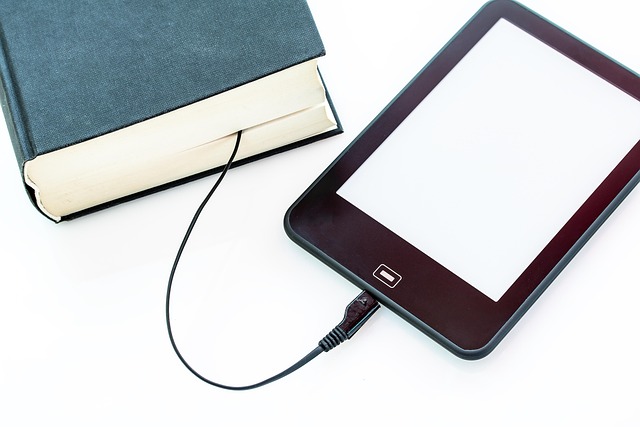The Evolving Landscape of E-ink Technology
In the dynamic world of technology, there's a tendency to overlook certain advancements in favor of more flashy, high-profile developments. One such underappreciated tech is E-ink, a fascinating technology that's been quietly revolutionizing various industries. From e-readers to digital signage, E-ink is making its mark, and this article aims to shed some light on its past, present, and future prospects.

E-ink: A Brief History
E-ink, short for electronic ink, was first developed by Joseph Jacobson at MIT Media Lab in the late 1990s. The idea was to create a material that could reflect light like paper, making it more comfortable to read for extended periods. It was a revolutionary concept that merged the traditional reading experience with the digital world’s convenience.
The first commercial application of E-ink was the Sony LIBRIé EBR-1000EP e-reader in 2004. It introduced the world to the possibilities of digital reading without the strain of traditional LCD screens. The Kindle, launched by Amazon in 2007, took this technology mainstream, permanently altering the landscape of reading and publishing.
E-ink Today: More than Just E-readers
While E-ink’s most well-known application is e-readers, it’s much more versatile than that. Today, E-ink technology is used in a variety of areas, from digital signage and retail price tags to mobile phones and even fashion.
Its low power consumption, high visibility, and paper-like reading experience make it an attractive option for a wide range of applications. For instance, the YotaPhone, a dual-screen smartphone, utilizes an E-ink screen on the back for reading and notifications, offering a unique user experience.
The Future of E-ink
E-ink’s future is looking brighter than ever, with new developments expanding its potential applications. For instance, E-ink’s Advanced Color ePaper (ACeP) displays have brought color to the traditionally monochrome technology. Though still in its early stages, ACeP could significantly broaden E-ink’s appeal and functionality, opening up possibilities for full-color e-readers, signage, and more.
Furthermore, E-ink’s potential in wearable technology is being explored. The FES Watch U, developed by Sony’s Fashion Entertainments division, features an E-ink display and band, allowing users to change the watch’s appearance at the touch of a button.
The Market Impact of E-ink
Given its wide-ranging applications and future prospects, the market for E-ink is expected to grow significantly in the coming years. According to a report by Market Research Future, the global E-ink display market is projected to reach approximately $28.87 billion by 2023, growing at a CAGR of 6.1% from 2017 to 2023.
While E-ink products’ price ranges vary significantly depending on their complexity, the cost of E-ink displays has been decreasing over the years, making them more accessible to a broader market.
In Conclusion
As the lines between the digital and physical worlds continue to blur, technologies like E-ink that merge the best of both worlds will become increasingly important. While it may not get the attention of flashier tech advancements, E-ink is quietly revolutionizing various industries. Whether you’re a tech enthusiast, an avid reader, or just someone interested in the future of technology, E-ink is a fascinating field to watch.




